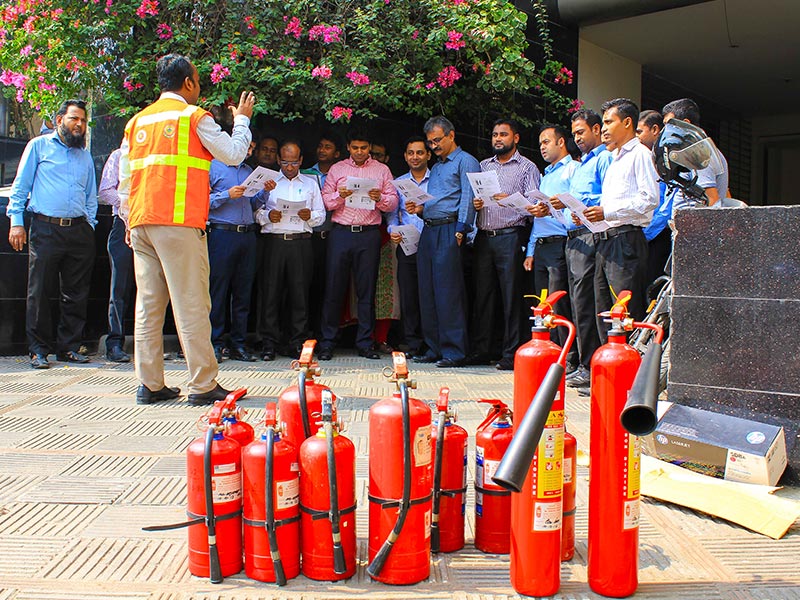
Only re-enter the building once the “all clear” is given by emergency personnel.Įmergency Management staff will be onsite during all fire drills to ensure proper evacuation procedures are being followed. #FIRE DRILL WINDOWS#
Check-in with your Emergency Preparedness Coordinator (EPC), supervisor or designated authority figure. Fire drills are conducted at scheduled intervals throughout the year to test the overall emergency preparedness of those inside campus buildings. during a fire drill so your teacher can get you and the other students to safety 7 Windows and Door Make sure to close the windows and door before leaving Closing the windows keeps out smoke and bigger flames. Proceed to the designated Emergency Assembly Point (EAP). Staff is expected to participate in fire drills. Ensure evacuation routes are clear from obstruction. Fire drills are an important requirement that serve to prepare and educate our staff in the event of a fire. Assist those with limited mobility to the nearest area of refuge. Remaining calm is such a key factor for a successful evacuation. This can quickly lead to panic that can lead to a worser scenario and endanger more lives. If there is no practice then people will be unsure and feel more in danger of the emergency. Switch to a voice-signaling system so evacuation can be directed over the PA system. Gain approval from the fire marshal for reducing the sound level of fire alarms where a visual system would be adequate to alert people of the need to evacuate. Close office and lab doors while evacuating. When a fire drill is conducted it gets people used to the evacuation plan. Conclusion Fire Drill presents an opportunity for personnel to become familiar with main and alternate escape routes, emergency procedures and safety considerations. This will also reduce how jarring and startling fire drills can be during instruction. Stabilize lab procedures and turn off gas valves, if applicable. Although OSHA does not require emergency fire drills, many businesses practice drills. Sound the fire alarm to be heard and seen by every employee. Fire drills are developed to practice evacuation procedures that will be used in the event of an actual fire. Evacuate the building using the stairs, not elevators. Step 3: Conduct a Fire Drill and Track Results Now it’s time to conduct a workplace fire drill. Emergency Management will typically coordinate with key stakeholders in a building prior to conducting a fire drill.Īt the time of the drill, upon activation of the building fire alarm, all building occupants should take the following actions: The drills are conducted on a regular basis depending on the building type (i.e. The purpose of a fire drill is to educate the building occupants in the safety features of the building, the evacuation options available and the procedures to be followed. 

Emergency Management, in conjunction with campus partners, is responsible for managing and coordinating the university fire drill program.








